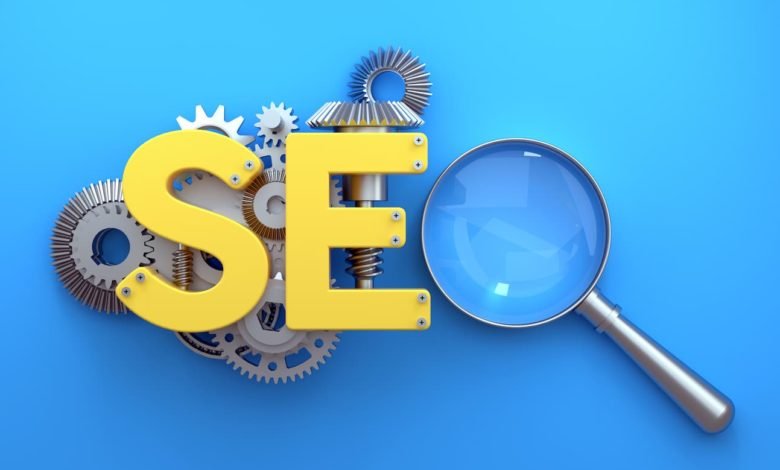8 Important Elements of On-Page SEO

Search Engine Optimization, or “SEO” for short, is the process of improving your website so that it ranks higher in search engine results pages (SERPs). But what exactly does that entail? In this blog post, we’ll be taking a look at eight of the most important elements of on-page SEO. These elements are analysed by Malaysia SEO.
Title Tags
As any SEO expert will tell you, title tags are one of the most important on-page elements. The title tag is the HTML element that specifies the title of a web page. Title tags are displayed on SERPs as the clickable headline for a given result and are important for usability, SEO, and social sharing. The right title tag can help improve your click-through rate, which is a major ranking factor for SERPS. Furthermore, title tags that are optimized for keywords can help improve your organic traffic. And finally, social media platforms like Twitter and LinkedIn use title tags to generate preview text, so it’s essential to make sure your title tags are effective in order to maximize your social media reach. In short, if you’re serious about SEO, you need to pay close attention to your title tags.
Meta Descriptions
A meta description is a short description of a web page. It is displayed under the title tag on SERPs and is not factored into Google’s ranking algorithm, but it can influence click-through rates (CTRs) from SERPs. Meta descriptions are used to give users an idea of what the page is about before they click on the result. They are also used by Google to generate featured snippets. In order to write a good meta description, you need to understand what users are searching for and what your page is offering. Keep your meta descriptions between 50-160 characters so that they are easy to read and understand. Use keyword-rich phrases that accurately describe your page content. Be sure to avoid duplicate or boilerplate meta descriptions, as this can hurt your CTR.
Heading Tags (H1, H2, H3)
Heading tags are one of the most important HTML elements used to structure content on a web page. They help search engines understand the hierarchy of a page’s content, and they also play a role in how a page is displayed in search engine results pages (SERPs). Heading tags should be used to structure the content on your page in hierarchical order, with H1 tags being used for main headings and H2-H6 tags being used for subheadings. When using heading tags, it’s important to use them in order (H1, H2, H3, etc.), and to only use each tag once per page. Using heading tags correctly can help improve the SEO of your website.
Images
In order to ensure that your website’s SEO is benefitting from its images, it is important to optimize them properly with relevant keywords and descriptive alt text. Images are often capable of ranking highly in image search results, which can drive traffic to your website. By optimizing your images with relevant keywords, you can help improve your website’s ranking in both image search results and regular search results. In addition, by including descriptive alt text, you can help improve the accessibility of your website for users with disabilities. By taking these steps, you can help ensure that your website’s images are working for your SEO.
URL Structure
The structure of your website’s URLs can have a big impact on both your site’s usability and its search engine optimization. That’s why it’s important to choose a URL structure that is clear, concise, and easy to understand. When it comes to readability, hyphens (-) are much easier to interpret than underscores (_). Likewise, special characters should be avoided whenever possible as they can make URLs difficult to remember and type correctly. By following these simple guidelines, you can help ensure that your website’s URLs are both user-friendly and search engine friendly.
Internal Links
Internal links are an important part of any website. By linking to other pages on your site, you can help users navigate your content more effectively. At the same time, internal links also help search engines index your site more effectively. When creating internal links, it’s important to use descriptive anchor text. This ensures that users will have a clear understanding of where the link will take them. Additionally, avoid using generic phrases like “click here” as anchor text. Not only is this bad for usability, but it can also hurt your search engine rankings. When used correctly, internal links can be a powerful tool for increasing the usability and searchability of your website.
External Links
As any webmaster knows, external links are an important part of any website. By linking to other high-quality websites, you can improve the overall quality of your site while also building relationships with other website owners. When linking externally, it is important to use descriptive anchor text so that visitors know where they will be taken when they click on the link. Linking to relevant and high-quality websites will help improve your website’s search engine rankings and bring in more traffic. Ultimately, adding external links to your website is a win-win situation for both you and your visitors.
Page Speed
Website speed is a critical factor in both user experience and search engine optimization (SEO). Google has stated that they take page speed into account when ranking websites in their search results, and research has shown that faster pages result in higher click-through rates (CTRs). There are a number of ways you can improve your page speed, including optimizing images, minifying CSS and JavaScript, and using a content delivery network (CDN). By taking steps to improve your page speed, you can provide a better experience for your users and improve your chances of ranking high in Google’s search results.
Conclusion
There are a number of factors that can impact your website’s SEO. From the structure of your URLs to the speed of your pages, it’s important to consider all aspects of your site when optimizing for search engines. By taking the time to optimize your website properly, you can help ensure that your site is visible to both users and search engines. In the end, a little effort can go a long way towards improving your website’s SEO.
This article is posted on Catchy Newz.








